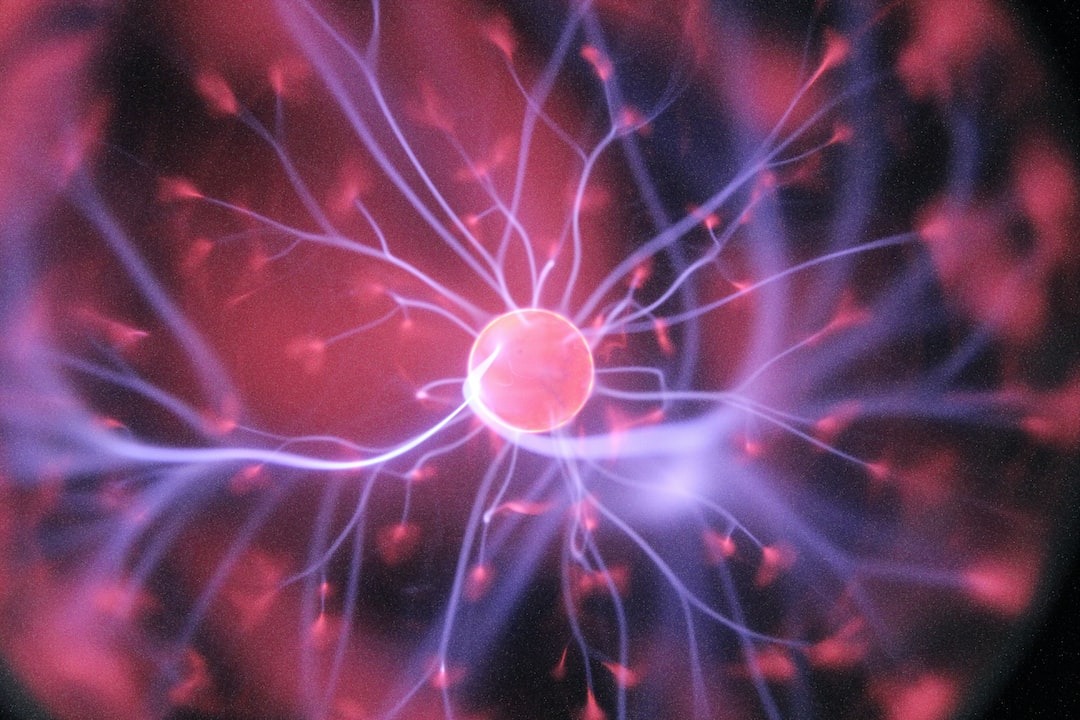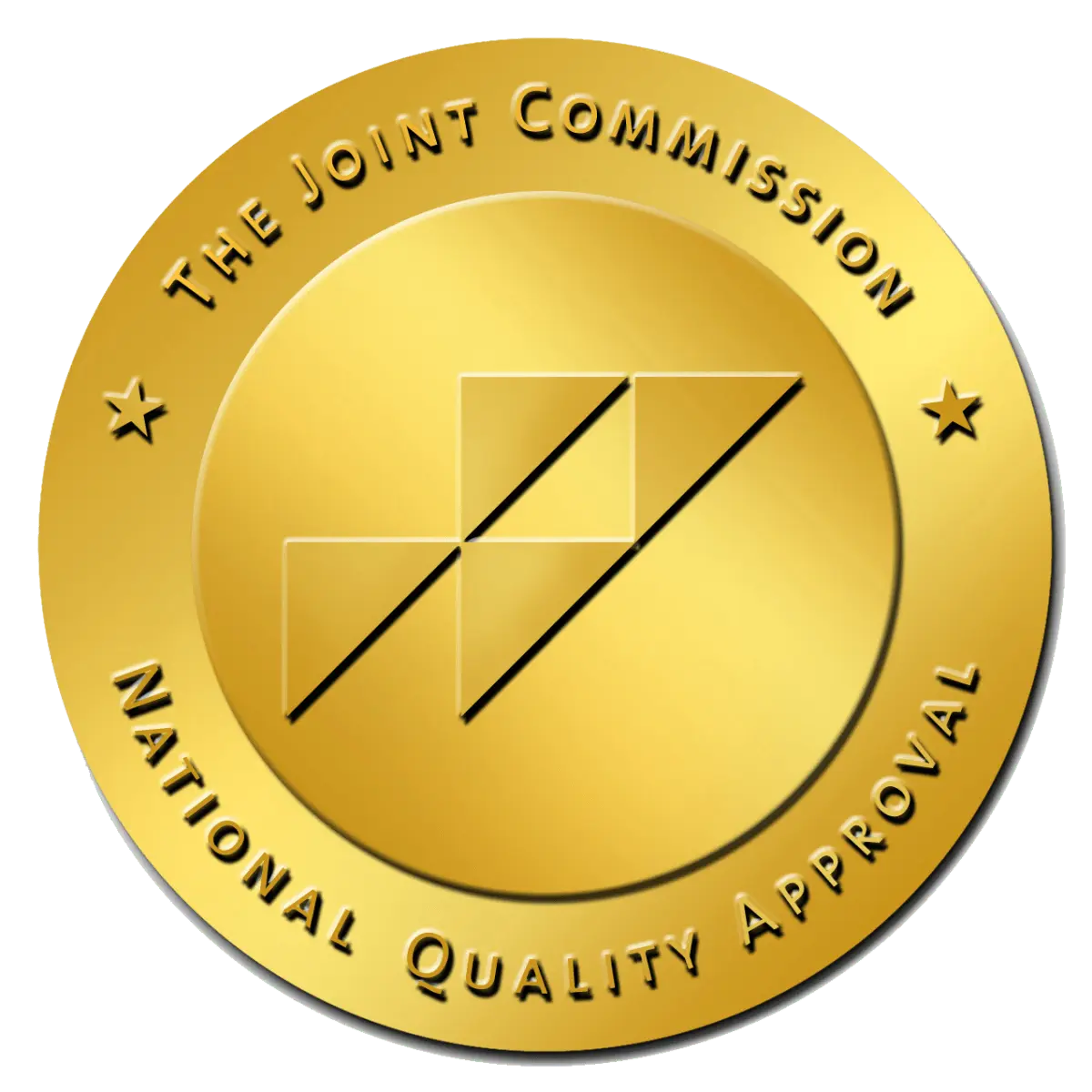The National Institute on Drug Abuse estimates that about 22 million people in the United States have an addiction to alcohol or drugs, such as opioids and cocaine. Addiction is also one of the leading causes of death for Americans under the age of 50.
Substance abuse is clearly a widespread problem, but what effect does it have on the brain? In this post, we’ll look at how addiction affects different parts of the brain. We will also look at how treatment can reverse these changes so people can recover from addiction and improve their brain’s functioning.
Addiction Affects Many Areas of the Brain
If a substance or activity is overused or abused, it can affect various parts of the brain. The brain’s reward system is involved in everything from eating to sex to gambling to drug use. The reward system is part of the brain’s limbic system and helps people stay motivated to do things that are good for them, such as eating healthy foods. It also helps people avoid things that aren’t good for them, like eating junk food.
When a person takes drugs, their natural reward pathway becomes desensitized, which makes them want to keep taking more drugs in order to feel normal again. This process gets worse over time until they need an even stronger dose of the drug just to feel normal. Over time, this cycle can cause permanent changes in how a person’s brain works. These changes make it difficult for someone with an addiction to stop using drugs without help.
Addiction Changes Levels of Dopamine in the Brain
Dopamine is a neurotransmitter that plays a role in reward-motivated behavior. It is released when a person experiences something pleasurable, such as food or sexual activity. Dopamine also helps people pay attention to and remember things they find rewarding.
Dopamine levels are elevated in the brain’s reward center when a person does something that feels good or rewarding, like eating a favorite snack or being intimate with someone they love. That’s why it can be so hard to stop doing those things; the body wants them.
Other Neurotransmitters Also May Be Involved
Most people have likely heard of dopamine, the neurotransmitter that helps create feelings of pleasure. Dopamine plays a major role in addiction, as it’s released when a person eats, drinks alcohol, or uses drugs. This brain chemical makes a person want more.
However, other neurotransmitters also may be involved. Glutamate is a chemical that sends signals between nerve cells and plays an important role in memory formation and learning new information. In people with addictions to drugs like heroin or alcohol, glutamate activity can become altered so that the brain develops tolerance. Not only does the brain develop tolerance, but glutamate also causes cravings for more of the addictive substance.
The brain’s reward center also relies on another chemical called acetylcholine. When enough acetylcholine is present in the synapses — the gaps between nerve cells — a person will feel rewarded by something good happening to them. If someone compliments their new haircut, gives them a nice gift, or just says “hi” on an ordinary day at work, acetylcholine is activated. Acetylcholine helps tell the brain what feels good so that it can remember it and send a signal to repeat the actions that created those feelings.
Addiction Affects 2 Parts of the Brain
Addiction is a disease affecting two parts of the brain: the pre-frontal cortex and the limbic system. These are two areas of your brain that work together to control your emotions, memories, and decision-making skills.
#1. Pre-frontal Cortex
The pre-frontal cortex is located at the front of the head, just behind the forehead. This part of the brain makes decisions based on logic. It doesn’t tend to make decisions based on emotion, which involves the limbic system, or fear, which involves the amygdala. It’s important to note that these divisions between brain sections aren’t set in stone; they can overlap with one another depending on context. Generally speaking, this is how the medical profession tends to delineate them.
#2. Limbic System
The limbic system is responsible for processing emotions like anger or happiness as well as forming memories related to those emotions. It also helps regulate other parts of your body, such as digestion and breathing, when necessary. It does this by sending signals through nerves throughout different organs, such as hearts or stomachs. This process allows the body’s systems to operate smoothly without a person having too much conscious control over them. That way, a person can focus on other tasks.
Treatment Can Reverse These Addiction-Related Changes in the Brain
Not all people addicted to substances experience the same level of brain alteration, but it is possible to reverse these changes with treatment. Treatment can change how the brain works and restore normal function, helping people recover from addiction.
Treatment is a process that takes time, effort, and support. Recovery cannot happen overnight or be accomplished in isolation. It’s also important to remember that recovery is not just about changing the brain; it’s about changing a person’s entire life.
In addition to medication-assisted treatment (MAT) options, such as methadone maintenance or Vivitrol (naltrexone), behavioral therapies are effective for treating substance use disorders. This is because they address two aspects at once: the person’s behavior related to substance use as well as the underlying psychological factors associated with addiction.
In the last decade, we’ve learned much about how addiction affects the brain and how treatments can help people recover. However, there is still much more to learn. As researchers continue to learn more about how addiction changes the brain, they will develop new treatments or even prevent this disease from happening in the first place. If you or someone you love is struggling with an addiction, it’s not too late. You can get treatment, and it can all start today. You can start your road to recovery by calling and setting up an appointment to see if our services at Villa Oasis San Diego can help you or your loved one. Call today at (619) 373-9792.




